In 1888 one of history’s most notorious, but least understood, serial killers was stalking the streets of Whitechapel in London’s East End. Jack the Ripper was responsible for the mutilation and deaths of at least five prostitutes.
Jack the Ripper was thought to have some medical training, since he cut open his victims and removed parts of their bodies. There were more than 100 men who were considered potential suspects, including author Lewis Carroll, and Queen Victoria’s grandson, according to LiveScience.

An entire field of study arose around trying to unravel the mystery of the perpetrator’s identity, called Ripperology, and armchair detectives still try to work out who was the man that carried out these crimes. But what if “he” was a woman?
According to the Independent, in 2006 an Australian scientist used swabs of DNA gained from the backs of stamps and the undersides of envelopes from letters sent to Scotland Yard, believed to be from Jack the Ripper.
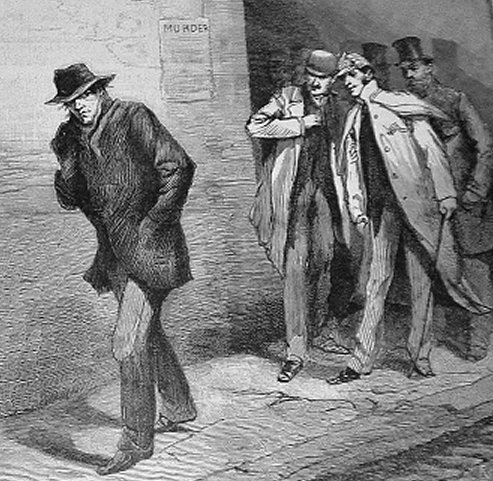
Ian Findlay, a professor of molecular and forensic diagnostics, says he developed a way to extract DNA from a sample with only a single cell or from a strand of hair up to 160 years old. Generally, DNA sampling requires at least 200 cells to work.
Most of the letters Scotland Yard received claiming to be from the Ripper are thought to be hoaxes, but a few are believed to be genuine, and it was from these that Findlay took his samples.
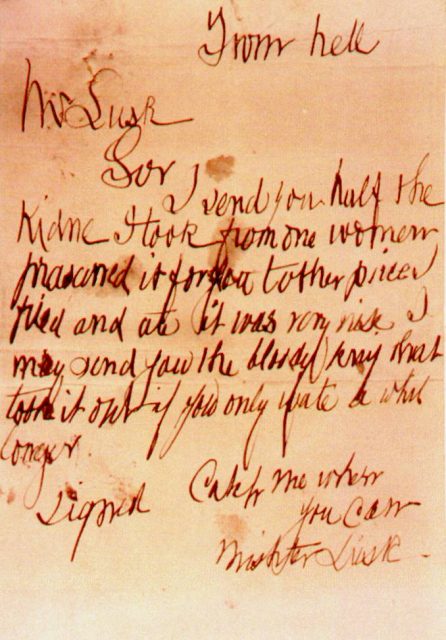
He took the samples back to Brisbane for analysis, focusing on the DNA sample he got from the Openshaw letter (the most believed to be from the killer). He extracted the DNA and amplified it to start developing a profile. His results were inconclusive and not forensically reliable, but he did create a partial profile that suggests that Jack the Ripper may, in fact, be a woman.
The primary suspects, who included a barrister, Sir John Williams (a physician), and a Polish bootmaker, were all men. There are, however, a few less-accepted theories that suggest Findlay’s findings may not be so far-fetched.
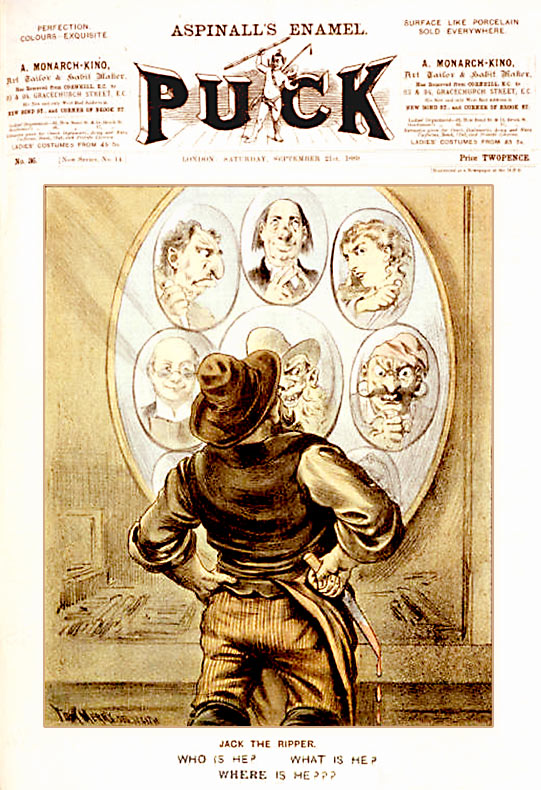
Chief Inspector Frederick Abberline, who was a crucial figure in the investigation, was the first to suspect that Jack might be a woman. A woman told Scotland Yard that she saw Mary Kelly, the fifth victim, hours after Kelly’s death had occurred.
It could have been the killer, wearing Mary Kelly’s stolen clothes. Abberline supposed that a midwife would have the skills and tools to commit the gory murders, according to this site dedicated to the Ripper murders.

Besides, a midwife would have easy access to women’s homes, and it wouldn’t seem odd if a midwife was seen walking about with blood on her clothes. There are several current theories about who a “Jill the Ripper” may have been.
The first, and most common potential Jill is Mary Pearcy, although her name wasn’t brought up in the Ripper case until after she was executed for another crime in 1890.
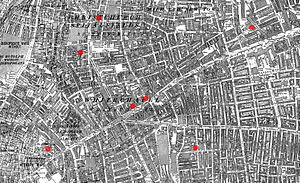
Her conviction had been for the murder of her lover’s wife and 18-month-old child. Those murders were particularly brutal, and shared some similar characteristics with the Ripper murders, but there was never any suggestion of a motive that would tie her to the Ripper crimes.
A retired lawyer in Ireland wrote a book in which he suggests the culprit was Lizzie William, the wife of John Williams, who had also been a suspect. The author posited that Lizzie killed the prostitutes out of her own despair over her infertility, and several of the Ripper’s victims had their wombs removed.
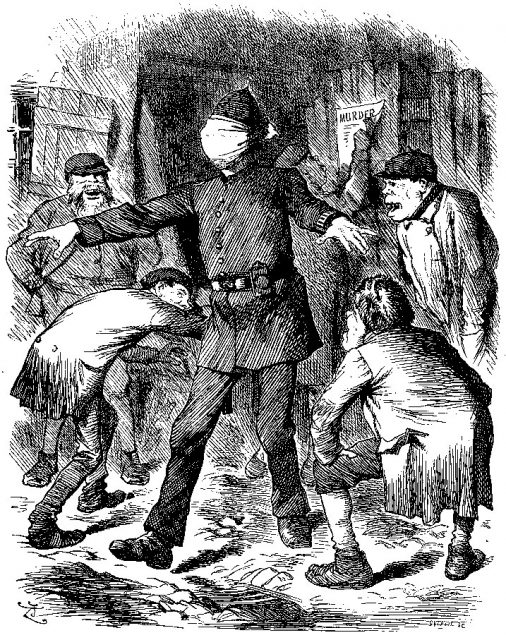
He further points out that none of the victim’s had been sexually assaulted, and that one of the victims, Annie Chapman, had her possessions arranged at her feet in a “feminine manner.” This theory hasn’t gained a lot of traction with other Ripperologists, though.
According to the Daily Mail, another author and Ripperologist, William Perring, has his own theory. Perring noted that serial killers never seem to be famous prior to committing their crimes.
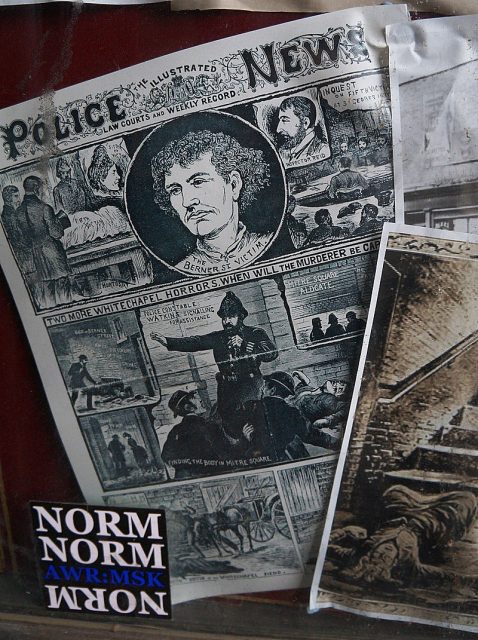
The perpetrator of the Ripper murders was most likely someone no one had ever heard of, and a woman would be ideal, by that criterion. Perring’s theory is that the Ripper was a female Salvation Army worker, who was hoping to draw attention to the terrible conditions that existed in London’s East End at the time.
If that was the intention, it was a success, since after the murders much more attention was paid to the East End with regard to social projects and good works.
The fact remains, though, that whether a Jack or a Jill, the Ripper’s identity is still a mystery.
